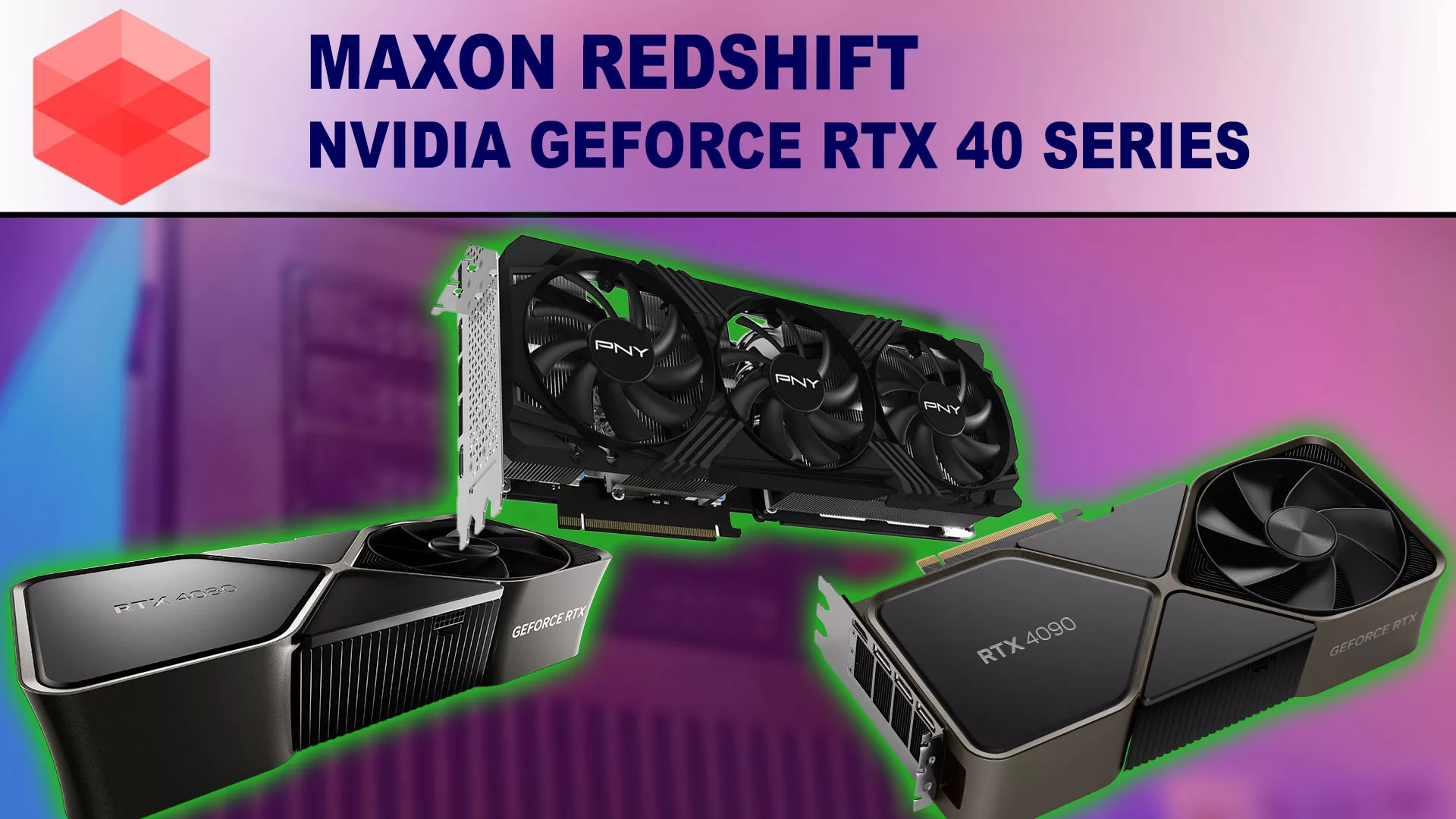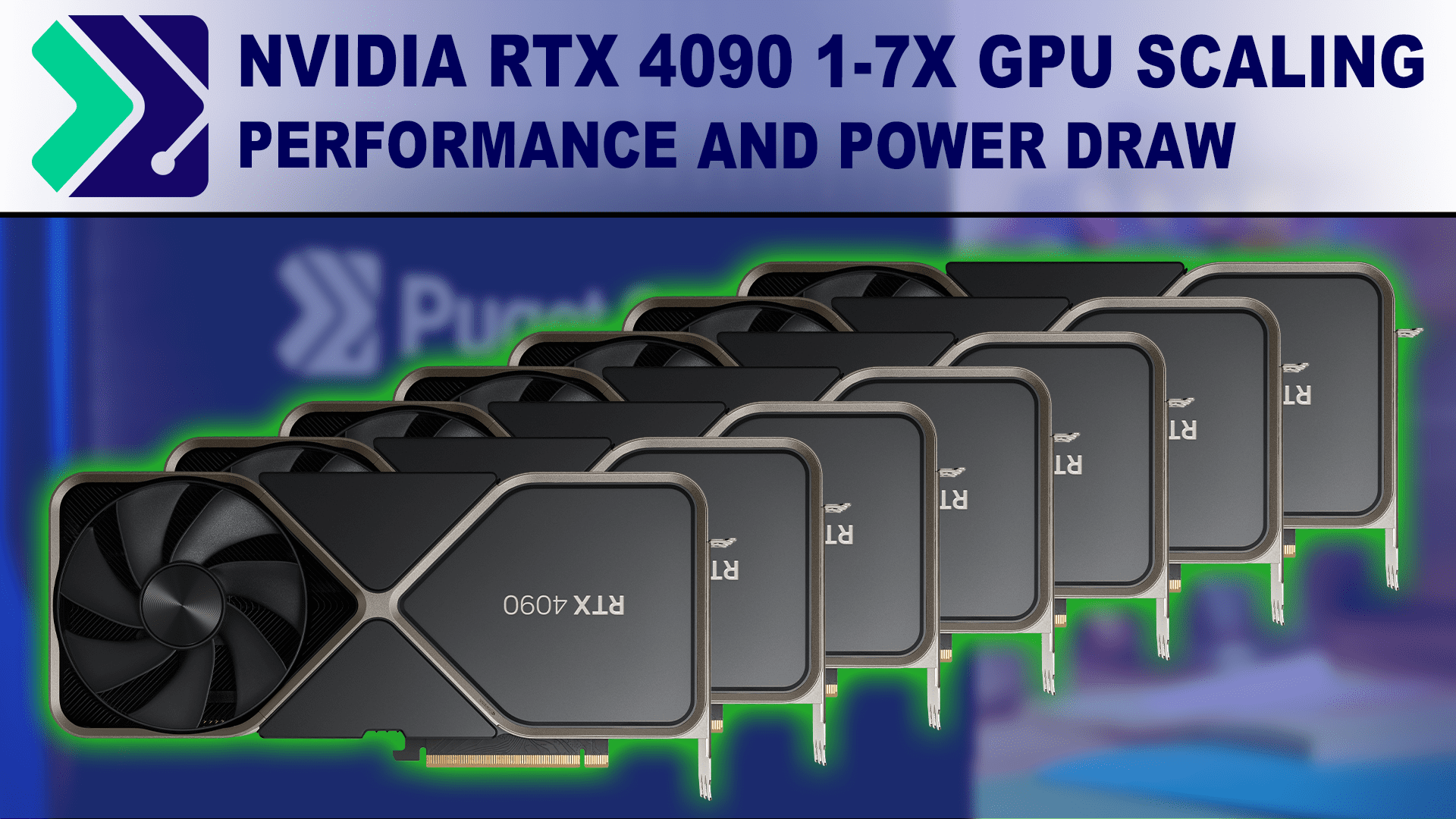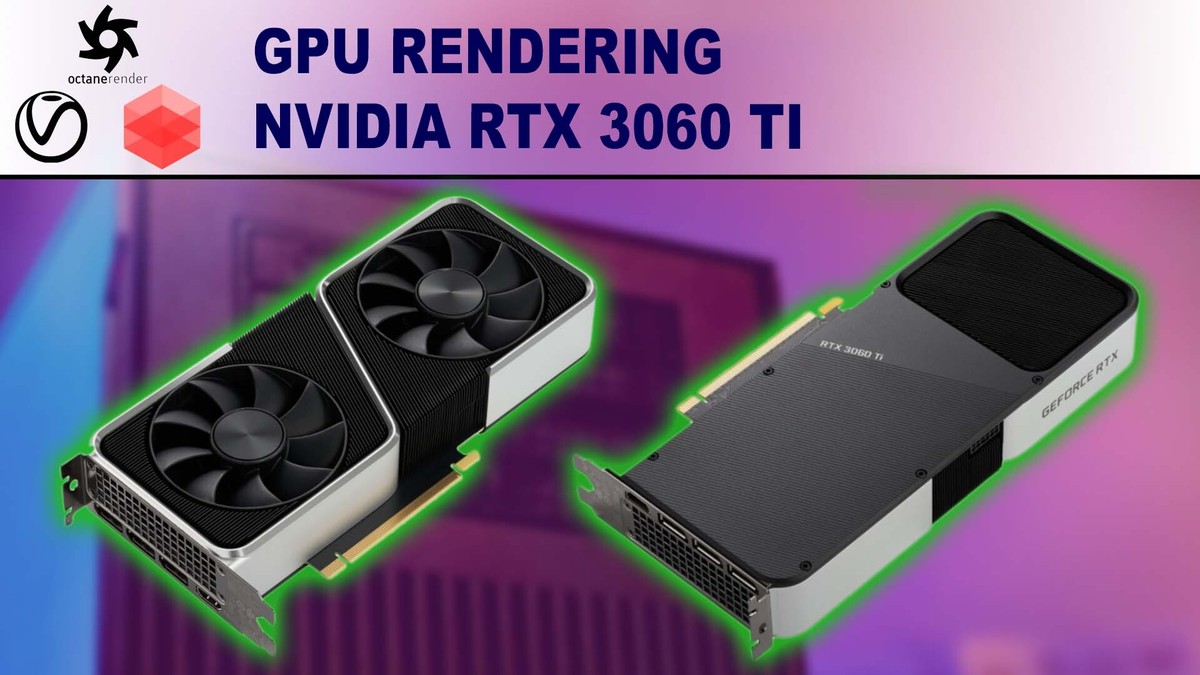The RTX 4070 Ti has now joined the RTX 4080 and 4090, completing NVIDIA’s launch of the initial trio of their GeForce RTX 40 Series of GPUs. How do these cards compare in Redshift GPU rendering versus the previous generation RTX cards?


The RTX 4070 Ti has now joined the RTX 4080 and 4090, completing NVIDIA’s launch of the initial trio of their GeForce RTX 40 Series of GPUs. How do these cards compare in Redshift GPU rendering versus the previous generation RTX cards?

Introduction About a month ago, NVIDIA began rolling out their new RTX 40 series GPUs, starting with the GeForce RTX 4090 24GB. The RTX 4090 is an incredibly powerful GPU, and in our content creation review, it easily blew past anything else on the market. In that same article, we included test results in both

While the launch of NVIDIA and AMD’s consumer GPUs have been a major topic recently, NVIDIA is also starting to release the successor to their Quadro RTX line – starting with the RTX A6000. In this article, we will look at how it performs in Redshift from Maxon compared to recent NVIDIA Quadro GPUs.

In an attempt to make their GeForce line of consumer video cards less appealing to crypto miners, NVIDIA has updated many of their GPUs with “lite hash rate” versions. These are supposed to reduce effectiveness for mining of currencies like Etherium by about 50%, without impacting game performance or other applications, but to be sure of that we put a pair of GeForce RTX 3070 cards – one with LHR and one without – to the test.

NVIDIA’s new GeForce RTX 3070 Ti & RTX 3080 Ti are here, touting more performance than their non-Ti variants – although with a larger price tag to match. The big question is exactly where these fit in Nvidia’s crowded lineup for GPU rendering within Redshift.

NVIDIA’s new GeForce RTX 3080 Ti is here, touting more performance and higher VRAM than the RTX 3080 – although with a larger price tag to match. The big question is exactly where this fits between the RTX 3080 and RTX 3090 for GPU rendering within Redshift.

With the launch of Nvidia’s RTX A6000 video card, we look at how well these cards scale in multi-GPU configurations for rendering in Redshift, OctaneRender, and V-Ray.

We’ve previously looked at their consumer-grade cards, the new RTX A6000 is the first professional-grade card NVIDIA has released. We finally get to see how Nvidia’s new Ampere workstation cards perform in rendering applications such as Maxon’s Redshift.

NVIDIA launched the GeForce RTX 30 Series a few months ago, but new models in this family continue to trickle in. Today we are looking at the RTX 3060 Ti 8GB model and how it performs with regard to rendering in OctaneRender, Redshift, and V-Ray.

PCI-Express has been the standard for connecting video cards and other expansion devices inside of computers for many years now, and several generations of the technology have now passed. With each of those generations, the amount of data that can be transferred over the PCIe connection has increased. How much impact does that have on modern video cards? Is there any benefit to running a PCIe 3.0 card in a 4.0 slot, or loss if using a 4.0 card in a 3.0 slot?